Ashton's and Neumann's Flashes
Formed by the collapse of salt mines and later used for dumping industrial waste, these lakes are now part an unusual, biodiverse parkland.
West Cheshire has been known for its underground salt deposits for centuries, and people have been mining the salt since prehistoric times. Various processes had been used to extract the salt, including physically removing the solid salt, pumping freshwater through the salt layers (including the salt mines) to dissolve it and transport it to the surface, and also extracting groundwater that seeped into the underground salt mines and dissolved the remaining salt.
These mining activities and the additional leakage of surface water into the abandoned salt mines eventually led to the subsidence of the ground or the collapse of the surface above these mines in the second half of the 19th century, which sometimes happened in spectacular fashion. Surface water sometimes filled these sinkholes, forming new lakes that have been called flashes.
Ashton’s and Neumann’s Flashes are two lakes that were created this way. Neumann’s Flash initially formed when the Neumann’s Mine collapsed in 1877 and then greatly expanded in the decades afterward. The creation of Ashton’s Flash started with an event known as the Great Subsidence of 1880, in which water from a brook made its way into the Platt’s Hill Mine, causing the surface to collapse, buildings to fall underground, and also, surprisingly, water to bubble up from the surface in many places, even forming short-lived geysers and mud volcanoes.
These events were not the end of the industrial legacy of Ashton’s and Neumann’s Flashes. In the mid-20th century, the site was used for a few decades to dump lime waste (calcium carbonate) produced by nearby chemical industrial plants. However, after the flashes ceased to be used as dumping sites, they were eventually turned into nature parks.
Aside from being artificial wetlands that could be homes to various waterfowl, the complex industrial heritage of the two flashes actually makes them rather special habitats. The water still has a rather high salinity, and as a result, many plants normally found near the seaside can grow along the periphery of the flashes, making it a rare inland location within Great Britain where it is possible to see such plants. The high alkalinity of the soil has also provided ideal conditions for a few rather unusual insects, such as the dingy skipper butterfly and six-belted clearwing moth, to thrive. Hence, these lakes attract not only local residents but also avid nature enthusiasts interested in seeing unusual flora and fauna, something which would have been inconceivable when they first formed during the Victorian era.
Know Before You Go
Ashton’s and Neumann’s Flashes are part of the Northwich Woodlands, which is located just north of Northwich. The park area is open from 9 a.m. to 5 p.m. during the winter season (October through March) and from 9 a.m. to 8 p.m. during the summer season (April through September).
Multiple trails cross through the park area, but the circular trails that follow the circumference of each flash are popular for casual walks. The total length of this walking route is less than 5 km (3 miles) and can be completed within two hours. These trails are level and are therefore accessible for people with mobility impairments.
The flashes are easily reached on foot from Northwich, which itself has good public transportation links, including a train station. A small car park (parking lot) is available to the west of Ashton’s Flash; this car park can be reached by driving north from Northwich via Old Warrington Road (which changes its name to Marbury Lane before reaching the car park).

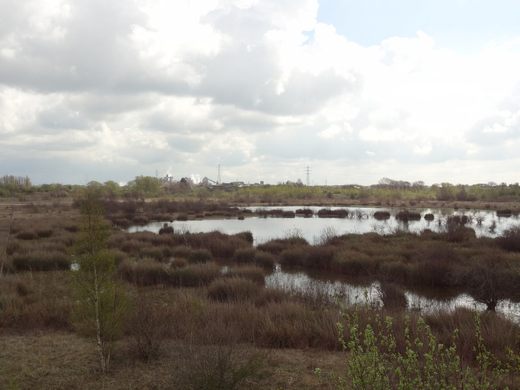
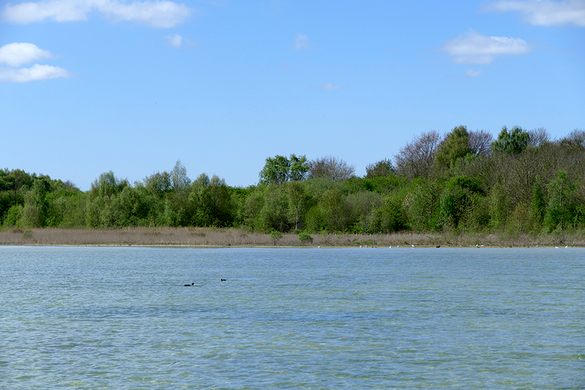





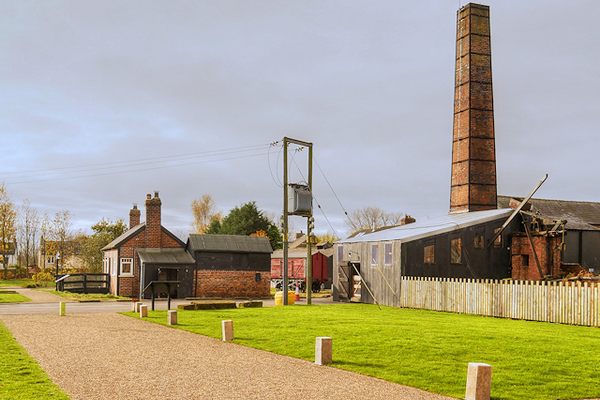
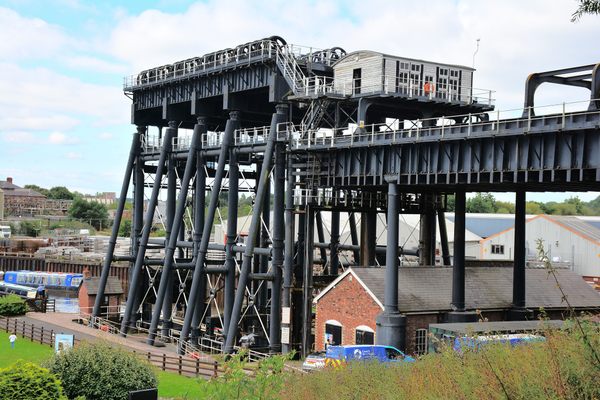


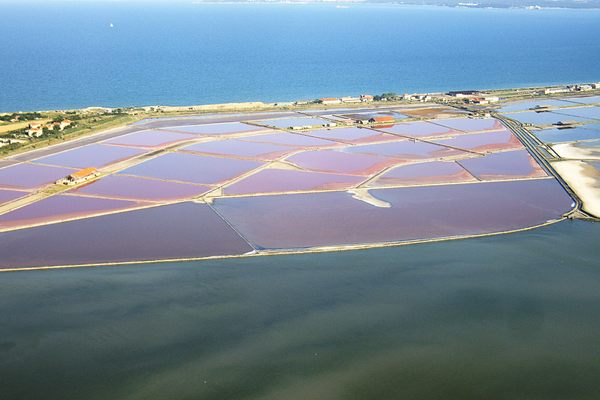

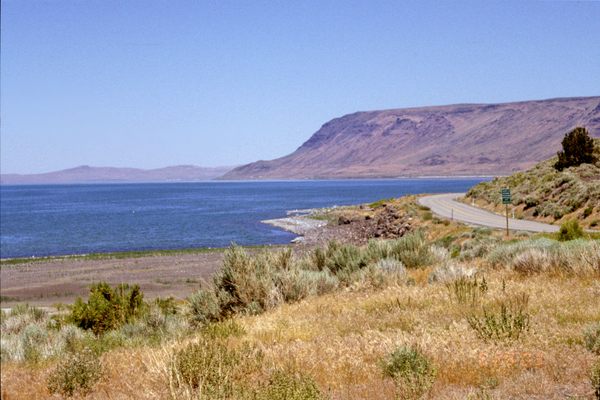
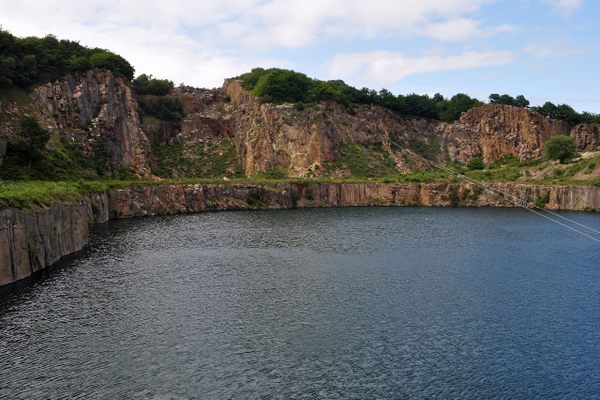

Follow us on Twitter to get the latest on the world's hidden wonders.
Like us on Facebook to get the latest on the world's hidden wonders.
Follow us on Twitter Like us on Facebook